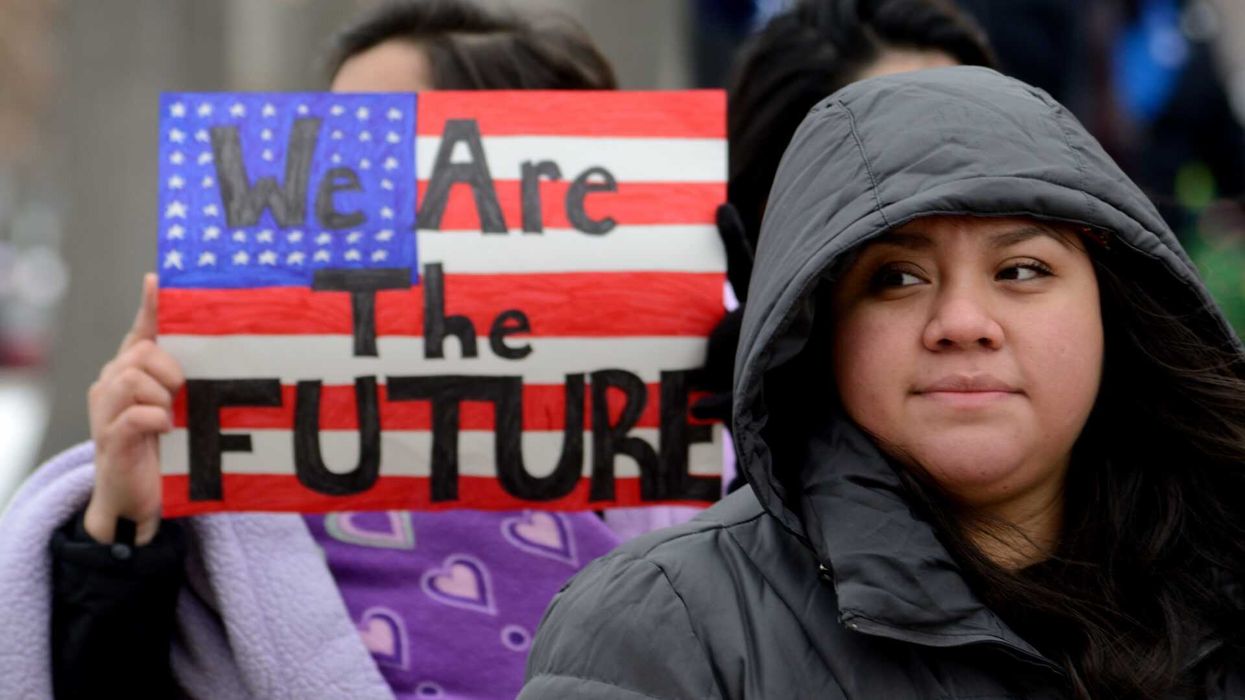David Nevins is co-publisher of The Fulcrum and co-founder and board chairman of the Bridge Alliance Education Fund.
Today, October 24, is United Nations Day, a holiday that few people know exists. The day is a holiday that commemorates the anniversary of the U.N. Charter, an institution established nearly 80 years ago in 1945. At that time the charter was signed by 50 countries with the goal of maintaining international peace and security and to prevent future wars.
Former UN Secretary Dag Hammarskjold said it best in describing the role of the U.N. when he said, “The U.N. was created not to lead mankind to heaven but to save humanity from hell.”
One would think at this time when the world is experiencing both the war in Ukraine and the war in the Middle East that there would be universal support worldwide and from the United States for the important role that the U.N. plays to foster world peace.
Yet, that is not entirely the case.
While an August 2023 study from Pew Research found that people across 24 countries continue to view the UN favorably, the data in the United States suggests that the favorability varies based on their political leanings. The report indicates that in America only 34% of people from the right view the U.N. favorably while 77% of the people from the left agree.
Former President Trump certainly has played a role in influencing opinions of Republicans about the U.N. During his term of office he repeatedly tied his policy of “America First” to the U.N’s multilateralism approach to resolving climate issues and lessening conflict. The Trump administration threatened to pull out of the U.N. Human Rights Council on several occasions as well as withdrawing from negotiations on the Global Compact for Migration. Additionally, the Trump Administration's plan in October 2017 to withdraw from membership in the U.N. Educational, Scientific, and Cultural Organization by January 2019 and move it to permanent observer status certainly has added to the growing unfavorable view of the U.N. amongst Republicans
Few argue that the U.N. has shown an inability to address global armed conflict. That is indeed the case today as the Security Council has failed in its effort to pause or end the Israel-Gaza crisis in a recent vote. Most often cited as the cause for this inability is the Security Council’s undemocratic structure that gives one of the five permanent members of the U.N (i.e., the United States, China, France, Russia and The United Kingdom) to veto any resolution.
While there is little doubt that the U.N. has failed in many ways, and has a bureaucracy that needs to be streamlined, the institution serves other critically important functions. The U.N. saves millions of lives and boosts health and education across the world through many of its aid programs. The U.N.’s children’s organization, UNICEF, to this day provides education and a path to a better life for millions, as well as development programs that are instrumental in helping third world countries. With respect to providing aid in Gaza, planes carrying aid from Turkey, the United Arab Emirates, Jordan and Tunisia have landed in Sinai’s El Arish airport in recent days and a convoy of more than 100 trucks is headed to Gaza according to the Egyptian Red Crescent.
In the area of human rights, the U.N in 1945 created a comprehensive body of human rights law and the the Human Rights Council monitors and coordinates efforts to protect and promote human rights through education and awareness campaigns. Supporters of the U.N. point to the successes in leading a number of peacekeeping missions over the years while critics argue that it has failed miserably to intervene in a timely manner to prevent genocide on many occasions, using Rwanda and Bosnia as examples.
On this United Nations Day, let us reflect on the last 79 years of accomplishments and failures of the United Nations so the dream of world peace can someday become a reality. It is time we heed the words of Secretary-General Antonio Guterres who stated at the opening of the 78th session of the United Nations General Assembly:
“The world needs statesmanship, not gamesmanship and gridlock to resolve global challenges and tensions. We cannot effectively address problems as they are if institutions don’t reflect the world as it is.”




















